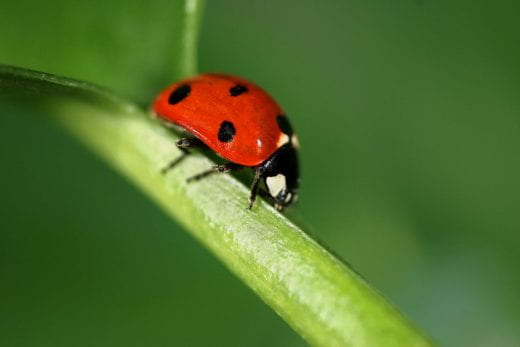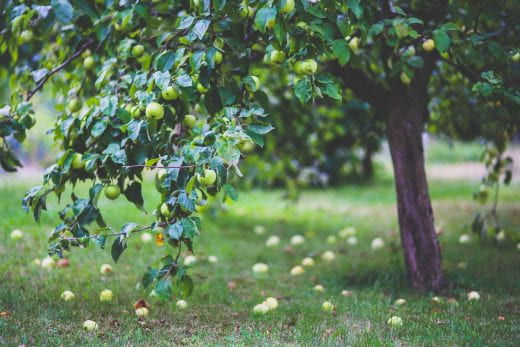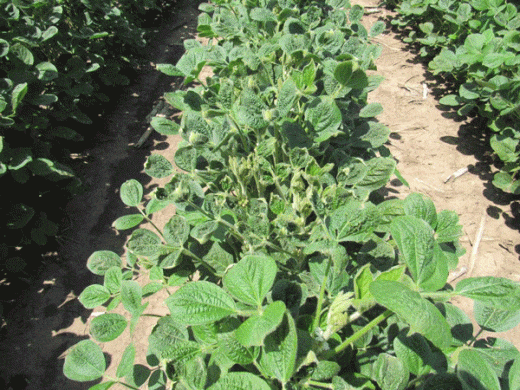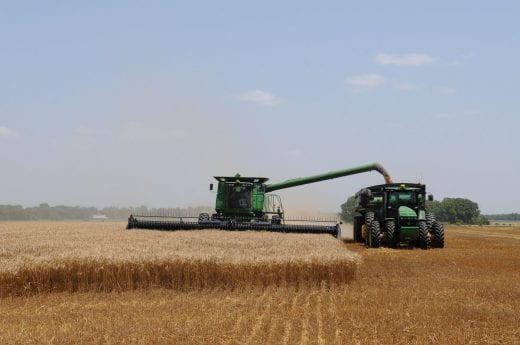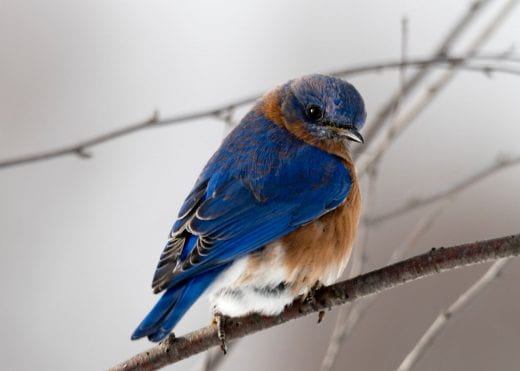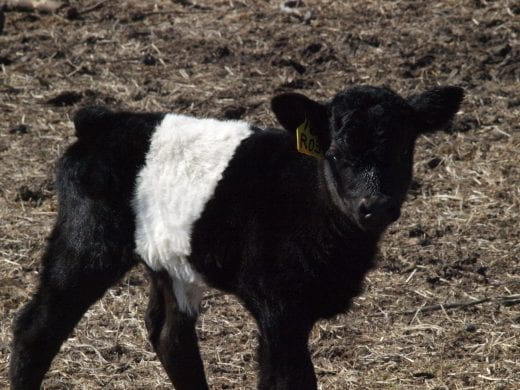This week in Better Kansas we touch on building your personal savings, the loss of birds in North America, how soybean varieties performed last year and more information designed to make your life, businesses, communities and state better. This is a small glimpse of what K-State Research and Extension across the state has to offer. Share on social media and subscribe! – Mary Lou Peter mlpeter@ksu.edu
Better Living, Better Communities
 A RECENT BANKRATE ARTICLE SAYS NEARLY 3 IN 10 (28%) of U.S. ADULTS have no emergency savings. For many of us it’s a struggle to put that money aside and not spend it. But if the refrigerator dies, the car’s transmission goes on strike or the roof needs repair, we’re out of luck. There’s no better time to commit to building or adding to an emergency savings account than during Kansas Saves Week, Feb. 24-29. Check out the website for tips and encouragement. Plus listen to a Sound Living radio interview on the topic. Kansas Saves is part of the national America Saves campaign. I can attest that some of these tips are effective. After years of reading about such things and knowing that I should, I opened a savings account at a different bank than where most of my salary was deposited, and arranged for a small amount of my salary to be diverted to that savings account every payday. It CAN add up if you truly save it for emergencies! HINT: That cute pair of shoes does not qualify as an emergency — even if they’re on sale.
A RECENT BANKRATE ARTICLE SAYS NEARLY 3 IN 10 (28%) of U.S. ADULTS have no emergency savings. For many of us it’s a struggle to put that money aside and not spend it. But if the refrigerator dies, the car’s transmission goes on strike or the roof needs repair, we’re out of luck. There’s no better time to commit to building or adding to an emergency savings account than during Kansas Saves Week, Feb. 24-29. Check out the website for tips and encouragement. Plus listen to a Sound Living radio interview on the topic. Kansas Saves is part of the national America Saves campaign. I can attest that some of these tips are effective. After years of reading about such things and knowing that I should, I opened a savings account at a different bank than where most of my salary was deposited, and arranged for a small amount of my salary to be diverted to that savings account every payday. It CAN add up if you truly save it for emergencies! HINT: That cute pair of shoes does not qualify as an emergency — even if they’re on sale.
 IF YOU GOT ENGAGED RECENTLY OR KNOW SOMEONE WHO DID … OR IS ABOUT TO, YOU’LL DEFINITELY WANT TO READ THIS (or pass it along to the happy couple). Financial problems are among the top stressors for couples, and that can start even before the marriage. While you’re planning the wedding is a good time to learn whether you and your significant other are on the same page in regard to money, plus how you differ, and what you can do to meet in the middle. Then, recognize that the wedding is just the beginning of working through a lifetime of financial decision-making. The article, With This Ring … We Plan, walks us through things to think about and discuss when planning a wedding, as well as considerations for married life, including outstanding debt, aligning goals, who is responsible for paying the bills and so on. And trust me, you don’t have to be 20-something or 30-something for this to be relevant. Parts of it can also serve as a conversation starter for longtime married couples.
IF YOU GOT ENGAGED RECENTLY OR KNOW SOMEONE WHO DID … OR IS ABOUT TO, YOU’LL DEFINITELY WANT TO READ THIS (or pass it along to the happy couple). Financial problems are among the top stressors for couples, and that can start even before the marriage. While you’re planning the wedding is a good time to learn whether you and your significant other are on the same page in regard to money, plus how you differ, and what you can do to meet in the middle. Then, recognize that the wedding is just the beginning of working through a lifetime of financial decision-making. The article, With This Ring … We Plan, walks us through things to think about and discuss when planning a wedding, as well as considerations for married life, including outstanding debt, aligning goals, who is responsible for paying the bills and so on. And trust me, you don’t have to be 20-something or 30-something for this to be relevant. Parts of it can also serve as a conversation starter for longtime married couples.
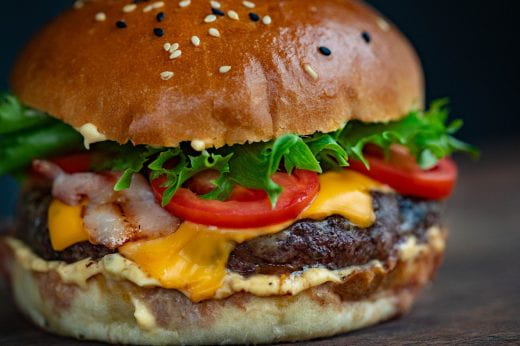 FOR THE MEAT EATERS AMONG US, THIS WILL SOUND FAMILIAR: You open the refrigerator and realize that you left a package of ground beef in there to thaw a couple of days ago …. or was it three days ago? If the surface of the meat is brown, is it still safe to eat? Maybe. In addition to how long it’s been sitting in the fridge, other factors such as oxygen and packaging affect the color of meat. Take a look at Fresh Ground Beef: A Consumer Guide for helpful information before you turn on the stove and start that chili.
FOR THE MEAT EATERS AMONG US, THIS WILL SOUND FAMILIAR: You open the refrigerator and realize that you left a package of ground beef in there to thaw a couple of days ago …. or was it three days ago? If the surface of the meat is brown, is it still safe to eat? Maybe. In addition to how long it’s been sitting in the fridge, other factors such as oxygen and packaging affect the color of meat. Take a look at Fresh Ground Beef: A Consumer Guide for helpful information before you turn on the stove and start that chili.
Better Farming, Ranching and Gardening
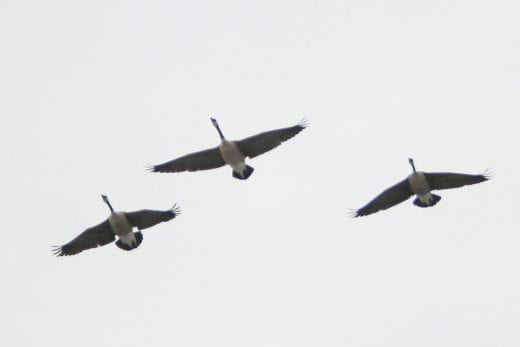 SOON WE’LL BE OUTDOORS MORE AND WELCOMING THE SOUND OF HAPPY BIRDS that are going about their business mating, nesting and raising their young, but are there a lot fewer of them? Survey results published in Science magazine last September indicate that since the 1970s in North America alone, we’ve lost 3 billion birds, nearly 30% of the total. Read what one of our agriculture and natural resources extension agents, who also happens to be a longtime birder, wrote about the topic in Did We Actually Lose 3 Billion Birds? Part 1. Two species that have shown significant declines are the House Sparrow and European Starling. Others, such as ducks and geese appear to be doing well and may be increasing. Thinking about this brought something to mind. You may have heard the expression, “the canary in the coal mine?” For years, miners took canaries into coal mines to detect toxic gases, thinking that deadly gases would affect the canaries before they would people. With modern technology, that practice has gone by the wayside, but I found an interesting article about it.
SOON WE’LL BE OUTDOORS MORE AND WELCOMING THE SOUND OF HAPPY BIRDS that are going about their business mating, nesting and raising their young, but are there a lot fewer of them? Survey results published in Science magazine last September indicate that since the 1970s in North America alone, we’ve lost 3 billion birds, nearly 30% of the total. Read what one of our agriculture and natural resources extension agents, who also happens to be a longtime birder, wrote about the topic in Did We Actually Lose 3 Billion Birds? Part 1. Two species that have shown significant declines are the House Sparrow and European Starling. Others, such as ducks and geese appear to be doing well and may be increasing. Thinking about this brought something to mind. You may have heard the expression, “the canary in the coal mine?” For years, miners took canaries into coal mines to detect toxic gases, thinking that deadly gases would affect the canaries before they would people. With modern technology, that practice has gone by the wayside, but I found an interesting article about it.
Watch for Part 2 next week, which addresses what we can do about the declines.
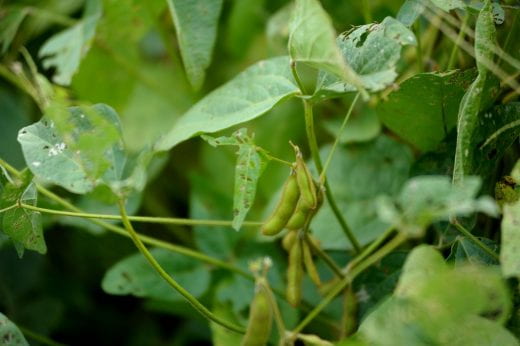 GEOGRAPHICALLY, WE HAVE A PRETTY BIG STATE and differences in precipitation, soil type and other factors mean that plants, including crops and crop varieties that grow well in northeast Kansas, say, may not grow particularly well in southwest Kansas. Last year was a challenging year for soybean growers, what with delayed planting in many areas because of wet conditions and slow early growth, and because of wet soils. Growers will want to take a look at the results of the 2019 Kansas Performance Tests with Soybean Varieties report that’s now available to see how different varieties fared across the state.
GEOGRAPHICALLY, WE HAVE A PRETTY BIG STATE and differences in precipitation, soil type and other factors mean that plants, including crops and crop varieties that grow well in northeast Kansas, say, may not grow particularly well in southwest Kansas. Last year was a challenging year for soybean growers, what with delayed planting in many areas because of wet conditions and slow early growth, and because of wet soils. Growers will want to take a look at the results of the 2019 Kansas Performance Tests with Soybean Varieties report that’s now available to see how different varieties fared across the state.
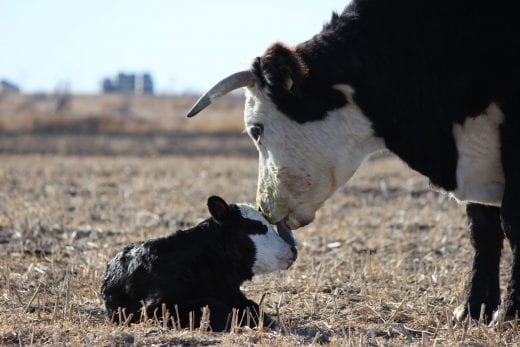 SPRING IS DRAWING NEAR and so is the state’s primary calving season on Kansas farms and ranches. It’s a beautiful sight to see, but not the easiest for producers and their cattle. Last spring was a particularly difficult calving season at least partially linked to cold, wet weather. Listen in to an Agriculture Today radio segment on successful calving strategies, plus a grain market update and other topics. A recent article on calving is also available and for a look at factors that influenced last year’s calving season, the Kansas State Veterinary Diagnostic Lab put together a fact sheet.
SPRING IS DRAWING NEAR and so is the state’s primary calving season on Kansas farms and ranches. It’s a beautiful sight to see, but not the easiest for producers and their cattle. Last spring was a particularly difficult calving season at least partially linked to cold, wet weather. Listen in to an Agriculture Today radio segment on successful calving strategies, plus a grain market update and other topics. A recent article on calving is also available and for a look at factors that influenced last year’s calving season, the Kansas State Veterinary Diagnostic Lab put together a fact sheet.
_
For more resources and activities, contact the K-State Research and Extension office in your area. Check out our other blogs and subscribe to our weekly emails here: https://www.ksre.k-state.edu/news/blogs/


